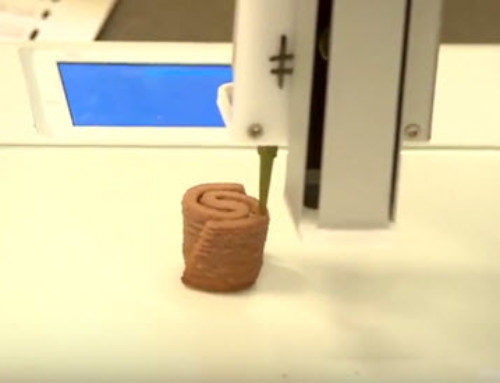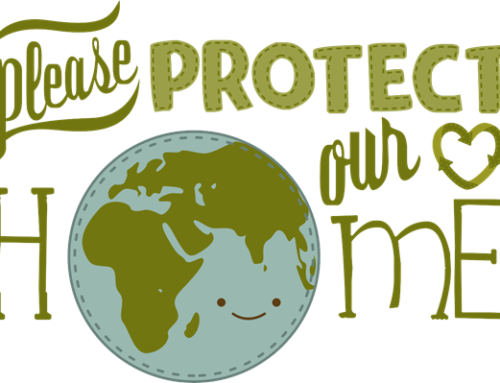Plastic and its impact: How it is developed and how it damages the environment
Starting from coffee cups and shopping bags all up to protective gear and food packaging – plastic is a big part of our lives. Plastic is around us more than many realize, and it’s an important part of our everyday living.
But, should it be? How safe it is?
In this article, we will try to cover many how it is made and what exactly is plastic.
Hopefully, we will bust some myths about it and give you a new insight for it.
It’s Organic
That’s correct – it is made from oil and/or plants.
The first one that is made is from oil actually made from naphtha – a type of oil that cannot be refined for gasoline or motor oil.
The second one that is made is from plants is a bioplastic – mostly used for disposable items like packaging, straws, pots, etc.
The method of making it is a long one, but we will try to explained in short words:
– The Naphtha is processed into polymers , substances that are formed by chemical reaction in which large number of molecules (monomers) are joined together – creating a chain.
– Different combination of monomers can yield the plastic resins with different properties and characteristics.
– When the plastic finally emerges from the reactors, it’s not yes as we wanted to be. So therefore, additives are added (hence the name :). Not only that additives are meant to change the mechanical, physical and chemical properties of the plastic, but to protect it as well, from light, heat or bacteria.
Bioplastics are made from plants such as corn, orange peels, cellulose, etc. A good thing about this kind of plastic is that it is compostable: these plastics can decay into natural materials.
There are 2 types of polymers (plastic)
-Thermoset, plastic that once is made – it cannot be changed.
-Thermoplastic, plastic that once exposed to heat it returns in its original condition.
Environmental effects that plastic can cause
With so many plastic products around us, some kind of impact on the environment is expected. Some of those impacts include:
-Danger to animal life
There is a big amount of plastic bags and bottle in our oceans. In fact, that kind of trash in the Pacific is estimated that is a size of Texas. This not only cause dangers to the marine life, but to us as well.
Many countries spend a lot of money for picking up litter.
Only the country of Australia is spending more than $200 million every year for that reason.
This causes chocking birds, killing fishes, pollution and making the beaches less attractive places.
-Danger in our everyday life
Chemicals used for making it are absorbed by the humans on everyday basis.
Some of these chemicals can alter our hormones and have effect on our overall health.
How to know which plastic is good and which one is not?
It’s regulative for all the plastic to have symbols that can tell you how hazardous it is.
Some of those symbols are:
1) -Polyethylene terephthalate (PET or PETE)
This plastic is used for soft drink bottles, ketchup and dressing bottles, etc. If you see this mark on the plastic, not to worry. This plastic doesn’t leach any chemicals that alter the hormones in human bodies.
2)-High density polyethylene (HDPE)
Used for making milk bottles, cereal boxes, retail bags. This kind of plastic is also a good one – doesn’t have an impact on human bodies.
3) – Polyvinyl chloride (V or PVC)
Most cheeses and grocery products are wrapped in PVC. This is a BAD plastic – contains an element that is human carcinogen (di-2-ethylhexyl phthalate (DEHP)
4) -Low-density polyethylene (LDPE)
Used for bread and frozen food bags. This plastic is OK – doesn’t’ have any carcinogen elements, but it’s harder to recycle.
5) -Polypropylene (PP)
Made for ketchup bottles and margarine tubs. This plastic is hazardous during production, but once is made doesn’t have an effect on the human health.
6) – Polystyrene (PS)
Packaging for foam products. It contains Benzene, an element that is a carcinogen.
How does plastic biodegrade?
We all know that plastic doesn’t biodegrade as an organic material does.
Why? Well, bacteria doesn’t like the plastic as much as they want the organic materials. Recently it was discovered that there are some bacteria’s that can break down plastic.

However, this is not the correct way to break down plastic. It turns out that the correct way is with sunlight. The UV rays break down the bonds of the plastic – which means that a big piece of plastic can be divided in many small ones.
With the UV rays hitting the oceans, it’s estimated that the plastics in the deep waters can degrade in less than a year. However, those little pieces will be eaten by the fishes, which we will someday have contact with.
From all of this, we can see that even tough plastic have big effect on the environment, not all is bad. And the technology is getting better every day, meaning that we can expect better plastic in the near future: one that will biodegrade easily and won’t be bad for our lives.







Leave A Comment